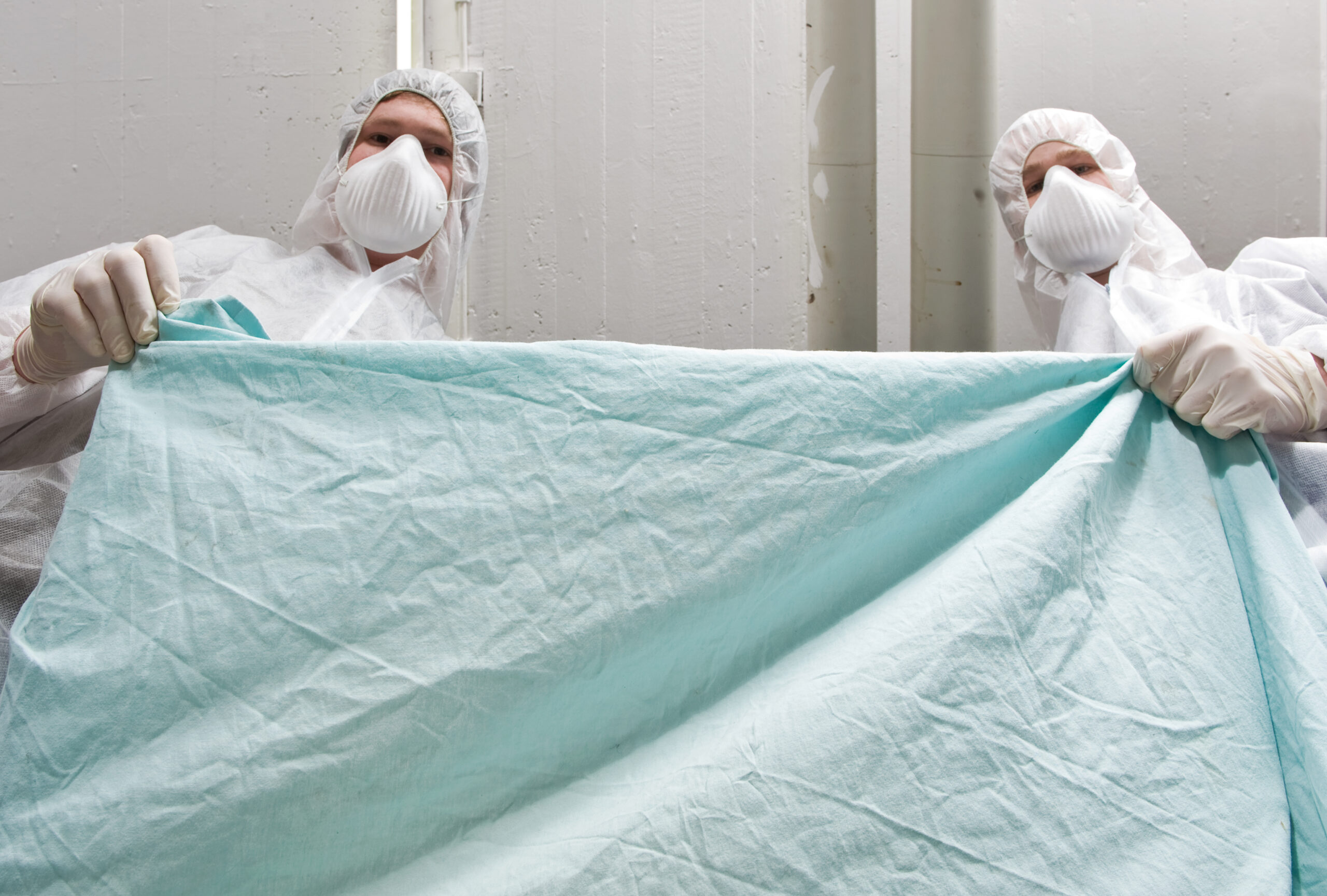
Death is something that a lot of us fear, so much so that even talking about it can prove deeply distressing. Alas, it is in all of our futures, and the only things we can do is express our love to those around us, make peace with our spirituality, and leave instructions on how to handle our remains.
The most traditional methods will be to conduct burial or cremation services. There is an alternative, however, that can aid in progressing the medical industry and, by extension, work towards benefiting the lives of countless others: donating your body to science.
The idea can be very off-putting for a lot of people, as it is hard to distance ourselves from our bodies, even once we have passed away, and imagine experiments and dissections occurring over us. If the decision truly leaves you with disquiet, it is of course your prerogative to decide against it. If you feel as though this wouldn’t bother you, however, it is always prudent to consider it. Whether you are assisting medical students practise methodologies, or furthering the realms of research, your final contribution to science could potentially add great strides towards the betterment of humanity.
So, what actually happens when you donate your body to science?
First, Why Would Someone Want to Become a Donor?
To many, becoming a donor just doesn’t make sense. But there are actual financial benefits to the decision, besides the altruistic, of course. Modern funeral and cremation services can cost anywhere into the high thousands, leaving your loved ones with a significant burden, should you not have made preparations for your death. By donating your body to science, these expenses are no longer an issue.
Beyond this, donating your remains is essentially your last gift to the world you are leaving behind. Burials and cremations may be a wonderful way to gain closure for loved ones, but it can also be a waste of valuable materials that could advance our medical understanding.
The History
Experimentation on cadavers in order to progress medical knowledge has been occurring for centuries. Unfortunately, way back in the 1800’s, non-conforming doctors and medical students would actually rob graves and exhume bodies in order to practise dissection methods and study anatomy. The process today is, thankfully, more dignified. Thanks to the selfless donations of countless people, established and aspiring medical professionals are able to refine their skills, trial new equipment and approaches, conduct further study of the body, and hopefully discover new ways to care for humanity.
How Are Donors Found?
Only accredited and non-profit organisation, such as university programs, accept scientific body donations. The process begins when someone who is alive volunteers to be screened, and a thorough medical examination will be conducted. This is a vetting process to determine any past illnesses, surgeries, IV drug use, or diseases, such as HIV and hepatitis, which may make a donor ineligible. While some non-communicable factors, such as being severely over or underweight, may make you ineligible, age generally does not matter.
From here, a person’s information will be kept on file until the time of their death, when, should the donor have signed the appropriate documents and passed all vetting, they will have one final assessment before being discreetly transported to an appropriate facility.
How Donor Bodies Are Utilised
Unlike in a funeral home, embalming techniques are not applied, as those are more for aesthetic reasons in preparation for funerals. Instead, preservation methods are vital, as cadavers can be utilised for several years after death.
In that time, doctors and students will conduct a myriad of procedures with the aims of furthering our medical understanding and capabilities. These can range from advanced robotic or arthroscopic surgeries, to introducing future first responders to life-saving practises.
What Happens Once the Donor’s Useful Afterlife Ends?
Naturally, cadavers cannot be preserved forever. Once they reach the end of their useful afterlife, they will be cremated and, should the family of the deceased request it, the remains will be returned alongside a death certificate. It is also not uncommon for a letter to be sent to the family, detailing what projects had been conducted, and how their loved one’s donation had benefited the industry.
